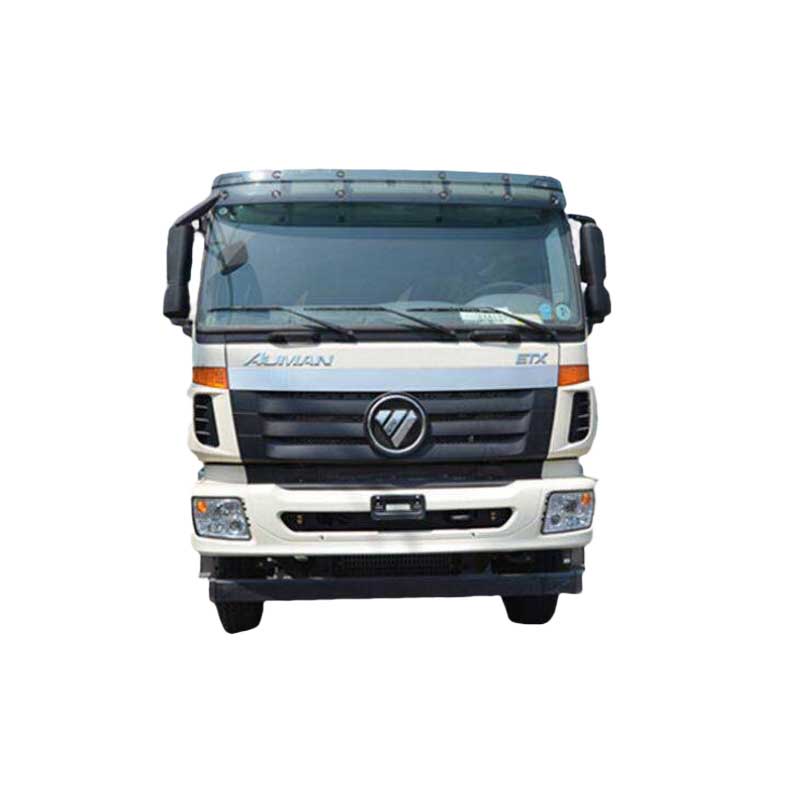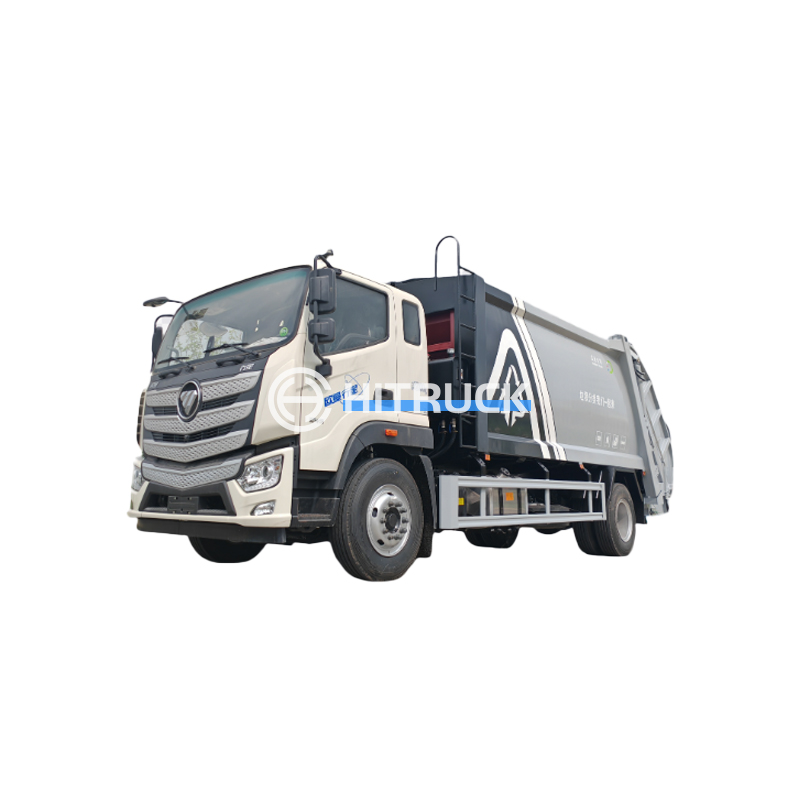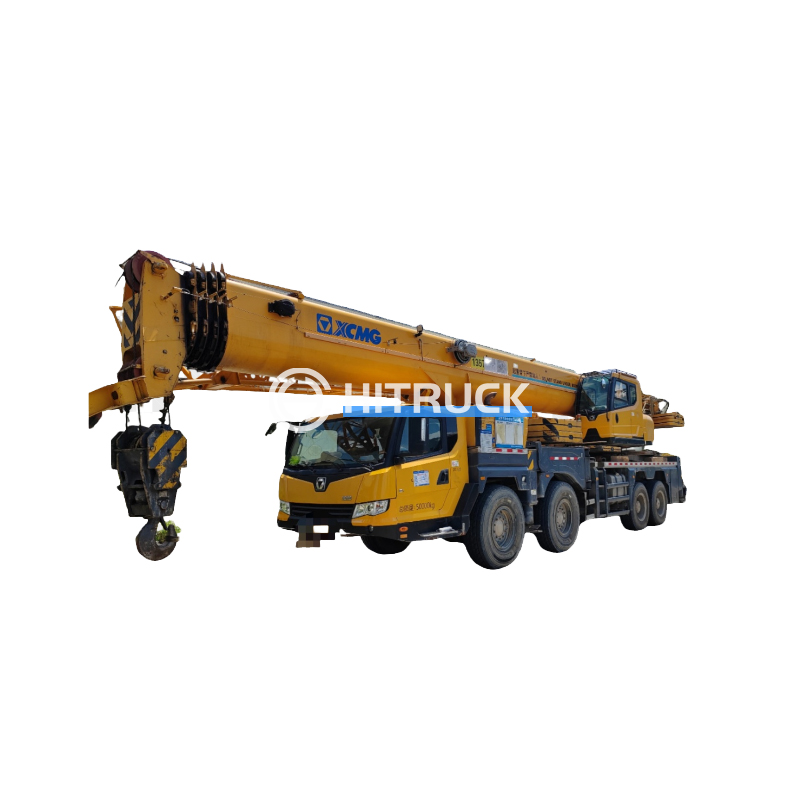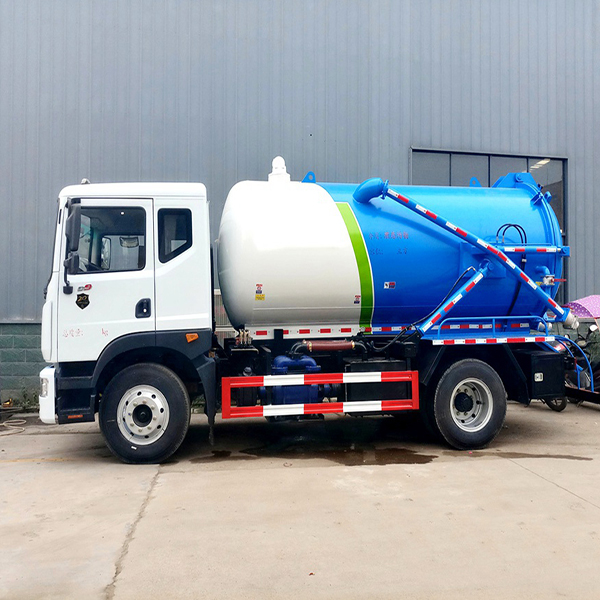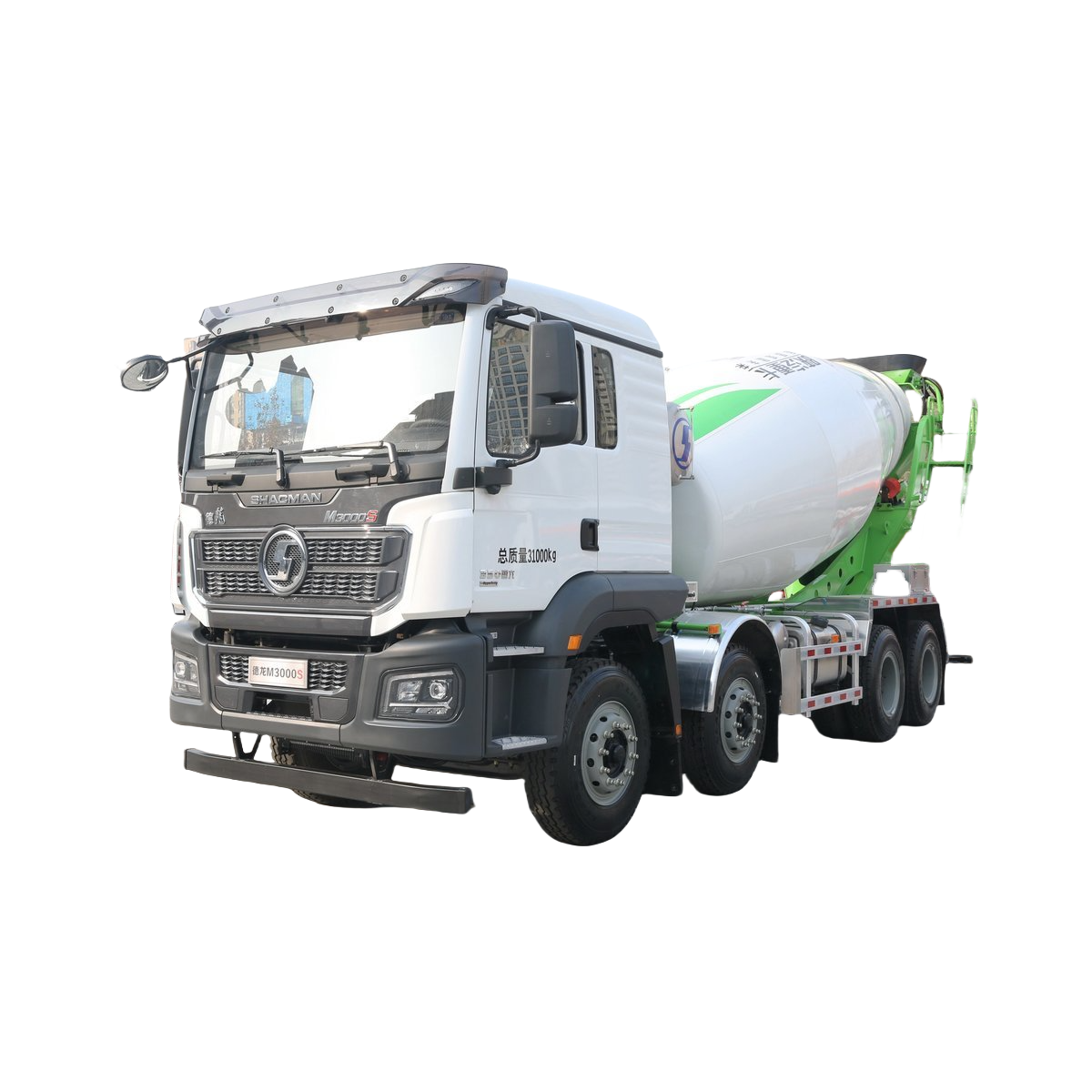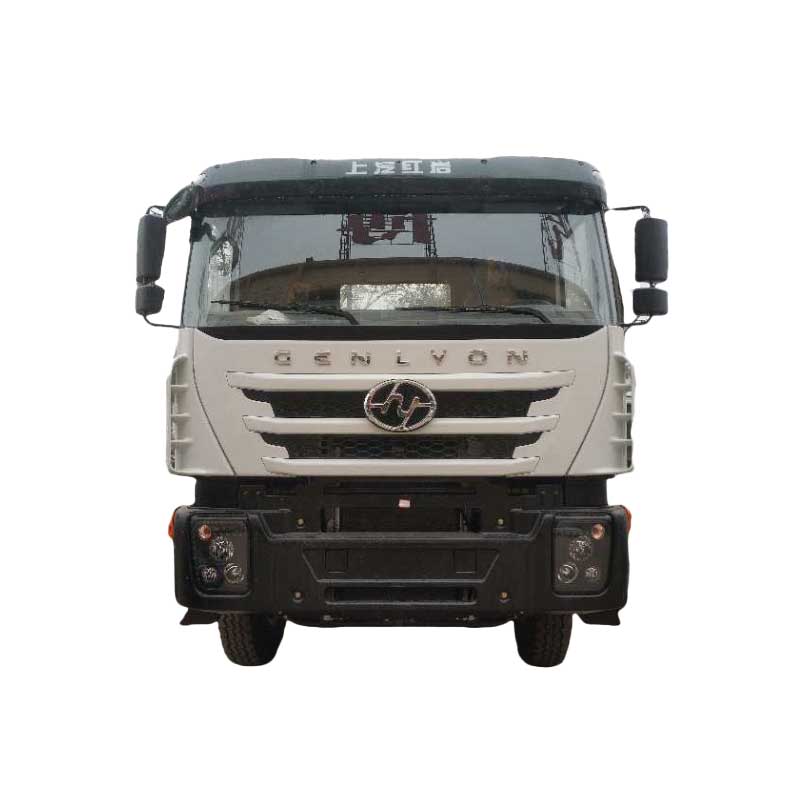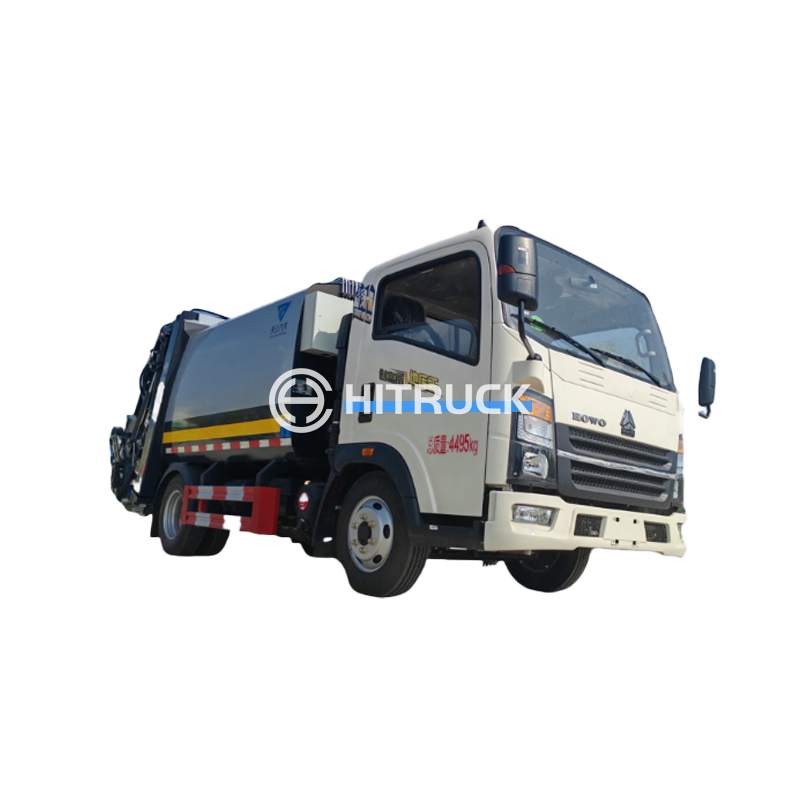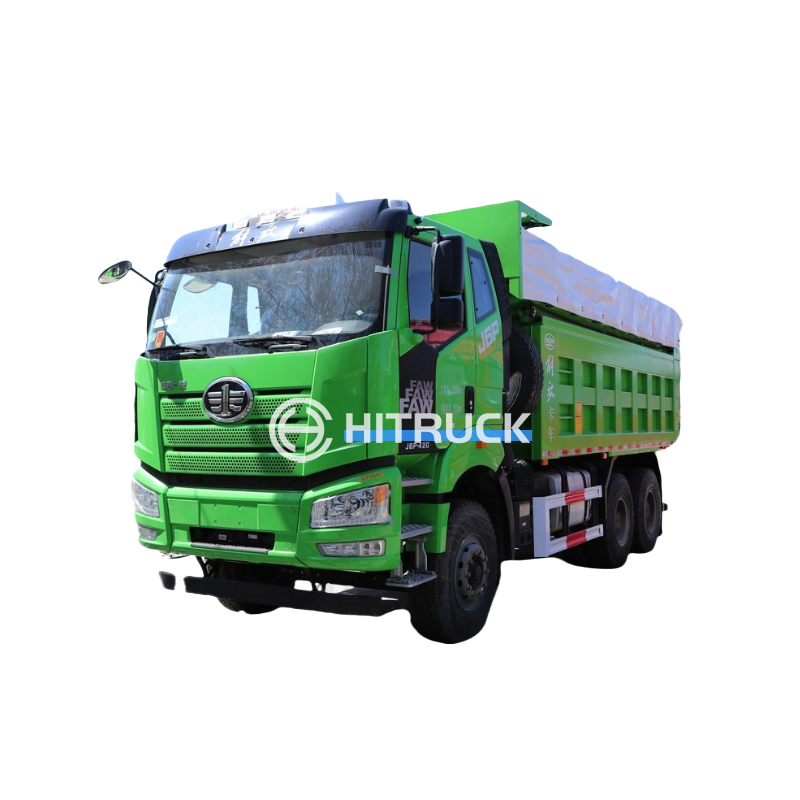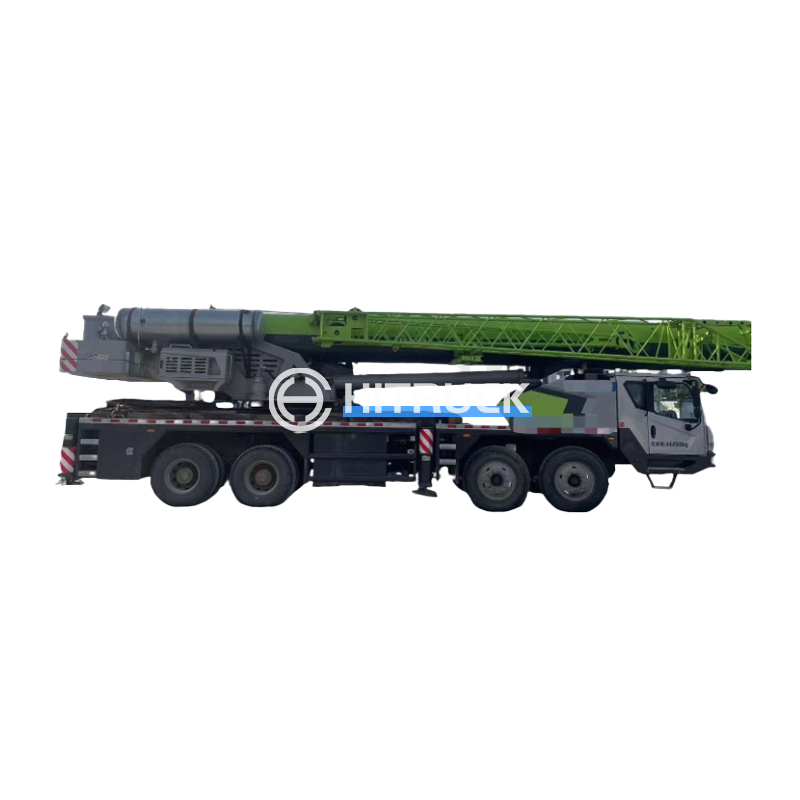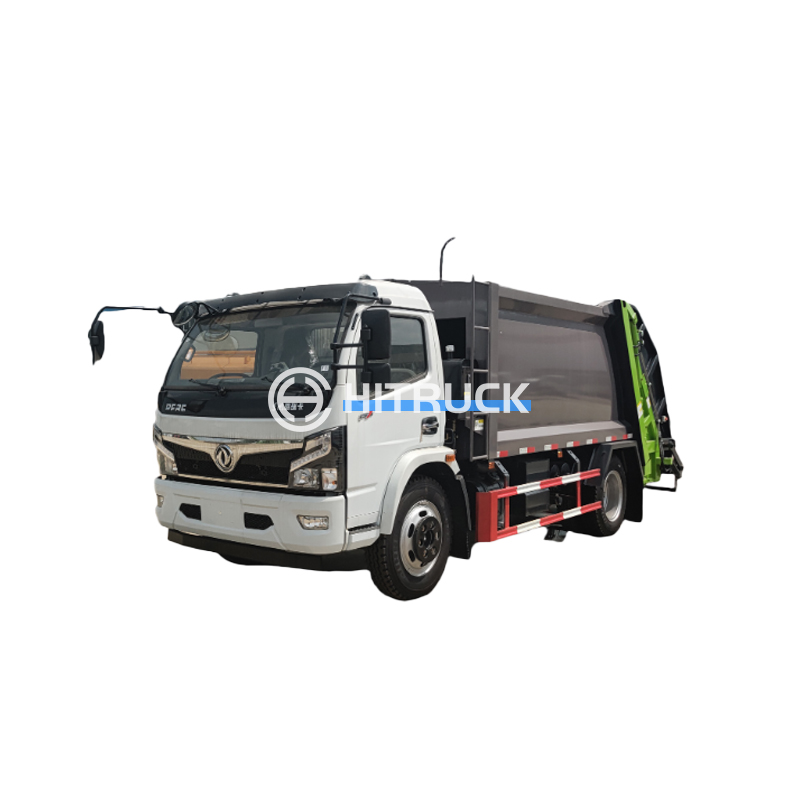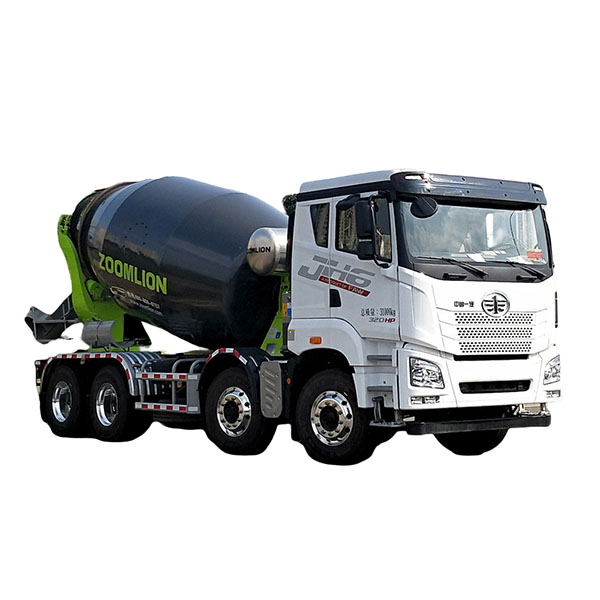This guide provides a comprehensive overview of boat cranes, covering their various types, applications, safety considerations, and maintenance. Learn about the different functionalities and capabilities of these essential pieces of equipment used in marine and port operations, along with factors to consider when choosing the right boat crane for your needs. We'll delve into the specifics, offering practical insights and real-world examples.
Floating cranes, also known as barge cranes or ship-mounted cranes, are self-propelled or towed units operating on water. They offer high lifting capacities and are ideal for large-scale operations like offshore construction or ship-to-ship transfers. Their mobility makes them versatile for various locations. Consider factors like draft, stability, and maneuverability when choosing a floating crane. The size and lifting capacity vary considerably depending on the specific application and manufacturer.
Deck cranes are permanently installed on vessels, providing essential lifting capabilities for loading, unloading, and onboard material handling. These cranes are crucial for tasks such as transferring cargo, equipment, and supplies. They are designed for efficiency and reliability in challenging marine environments. Several manufacturers offer deck cranes with varying lifting capacities and reach. The selection criteria depend on the type of vessel, cargo handled, and operational requirements.
Knuckle boom cranes, characterized by their articulated boom, are particularly suited for precise lifting and placement in confined spaces. Their compact design makes them suitable for smaller boats and applications requiring precise control. These cranes can be hydraulically or manually operated, affecting the speed and effort involved. Features to consider include reach, lifting capacity, and the type of controls.
Selecting the appropriate boat crane depends on several factors. Capacity, reach, and operational environment are primary considerations. The type of cargo, frequency of use, and budget should also be carefully evaluated. Consulting with a specialist from a reputable supplier like those found at Suizhou Haicang Automobile sales Co., LTD is highly recommended to ensure optimal performance and safety.
Regular maintenance and adherence to safety regulations are paramount for preventing accidents and ensuring the longevity of your boat crane. This includes regular inspections, lubrication, and the replacement of worn parts. Proper training for operators is also essential. Safety procedures, including load capacity limits and emergency protocols, must be meticulously followed. Reference your crane's manufacturer's guidelines for detailed maintenance schedules.
Various manufacturers offer a range of boat cranes, each with its own specifications and advantages. Direct comparison can be challenging due to the varying features and options. However, factors like lifting capacity, reach, boom type, and control systems should be considered carefully. Online resources and supplier catalogs can provide detailed information on available models. It is recommended to request quotations from multiple suppliers before making a purchasing decision.
| Feature | Manufacturer A | Manufacturer B |
|---|---|---|
| Lifting Capacity | 10 tons | 15 tons |
| Reach | 12 meters | 15 meters |
| Boom Type | Telescopic | Knuckle Boom |
Remember to always prioritize safety and consult with professionals when working with boat cranes. Proper planning and maintenance are key to successful and safe operations.

